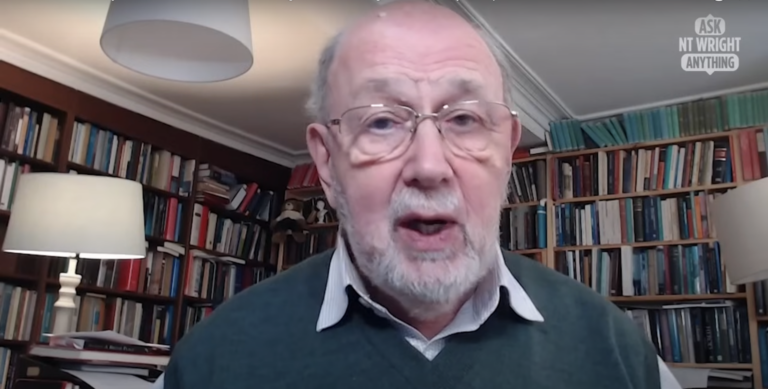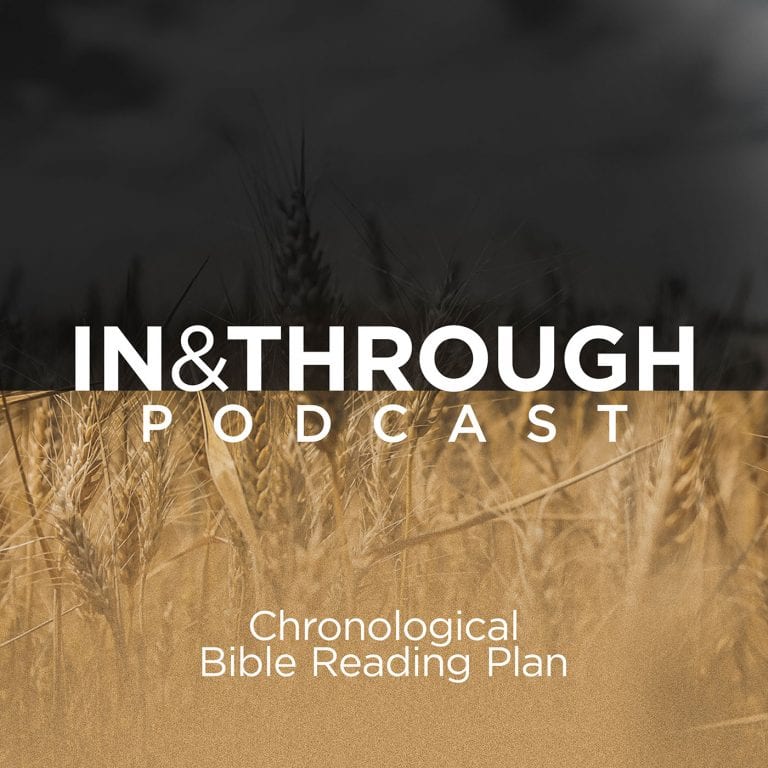In a recent statement regarding some of the cultural turmoil in North America, fellow historian Owen Strachan made an observation about church history that I found quite surprising. He noted that “Epic stands for truth … are usually taken alone, so high is their cost.”
I found it quite surprising because my own study of church history, now stretching back to the fabulous courses I took at Wycliffe College in the 1970s under men like John Egan, Eugene Fairweather, Michael Sheehan, and then teaching full-time from 1982 to the present at a variety of seminaries and colleges, has given me a fundamentally different perspective.
It is one that I have learned inductively from church history (be it the Apostolic era with the Pauline circle, or the Cappadocian Fathers, or the Celtic Church, or the Reformers, or the Puritan brotherhood, or the Evangelical revivals of the 18th century—all of which I have studied in depth), and it is namely this:
God never does a great work in the history of the Church except through a band of brothers and sisters. This is true of the Ancient Church, the Celtic Church and its powerful missions, the Reformation, the Puritans, and the Evangelical Revivals of the 18th century.
The idea of one lone figure standing for Truth against the minions of evil and the failure of like-minded men to stand with him is the product more of a reading of church history shaped by a “High Noon” culture than the actual facts.
And in some ways to assert otherwise is to make church history a narrative of “celebrities” when the reality is better expressed in these concluding lines of George Eliot’s “Middlemarch” (albeit she would have meant them quite differently):
“That things are not so ill with you and me as they might have been, is half owing to the number who lived faithfully a hidden life, and rest in unvisited tombs.”
The “Great Man” Way of Doing History
Prof Strachan’s remark “Epic stands for truth … are usually taken alone, so high is their cost” is redolent of the “great man” way of doing history. In contrast, I am concerned to affirm that in church history and in the church there are no small people.
Years ago I was asked to write a history of my local church, Stanley Avenue Baptist Church, Hamilton, ON, where I was converted and baptized and nourished as a young Christian. The church had a rich history and especially during the 1920s where one of the great stalwarts in the epic battle against liberalism at McMaster University was pastor C.J. Loney.
While I was writing the story of the church I came across a minute from the year 1926, to be specific March 10, 1926. A young woman named Charlotte (Lottie as everyone knew her later) Inrig stood at a business meeting and proposed to the church that they cut off funding to McMaster “until such time as there is no uncertainty as to the orthodoxy of the teaching of McMaster University.” The motion was carried.
When I first came to the church in 1974, Lottie was an elderly woman in her eighties, and sat quietly week by week in a pew a few rows behind where I sat. I had paid her little attention. When I read that little Minute, I realized what an enormous debt I owed to Lottie Inrig, for by that action she helped to preserve the orthodox witness of Stanley Avenue Baptist Church.
When the history of that era is written, it is TT Shields who is the central figure and not even CJ Loney, of whom hardly anyone has even heard. Even less known is the name of Lottie Inrig. But like the woman who gave only a mite, her name is glorious in heaven. For by that action, she ensured a gospel witness for the hundreds like myself who came to Christ in that church.
Indeed, without hundreds of Lottie Inrigs, TT Shields would have had no voice.
Being a Church Historian
As an historian, I am interested in not only remembering the past, but how we remember the past. I expect historians to be first and foremost committed to truth in the details and to be self-reflective of not only the content of what they are speaking/writing about, but also how they are doing history.
Church history is the story of the church catholic, not simply the leaders of the church. In the Middle Ages, the term spiritualitas (“spirituality”) was not only applied to the believer’s walk with God, but was also a synonym for the clergy and religious (that is monks and nuns). No wonder the Reformers preferred the term pietas to describe the believer’s walk with God. And in reaction to this diminution of the value of ordinary life, they also emphasized that all of God’s people could live lives of rich spiritual significance.
Am I passionate about church history? You betcha! I do not expect every church historian to be as I (not at all), but I do expect an awareness of the dangers of depicting church history as simply the story of great leaders and their thought and writings.
























